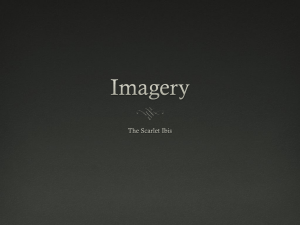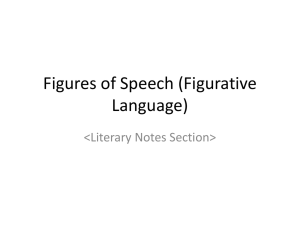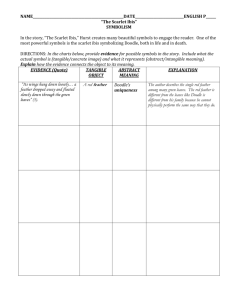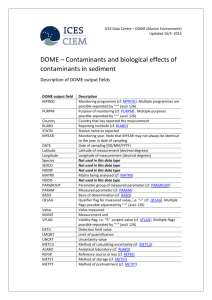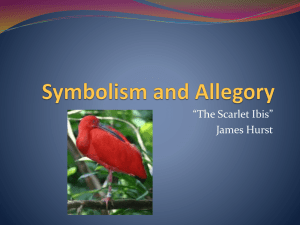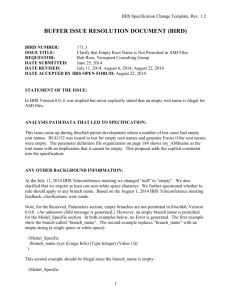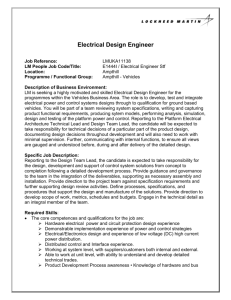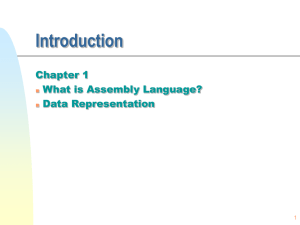Quote Character Clarifications
advertisement
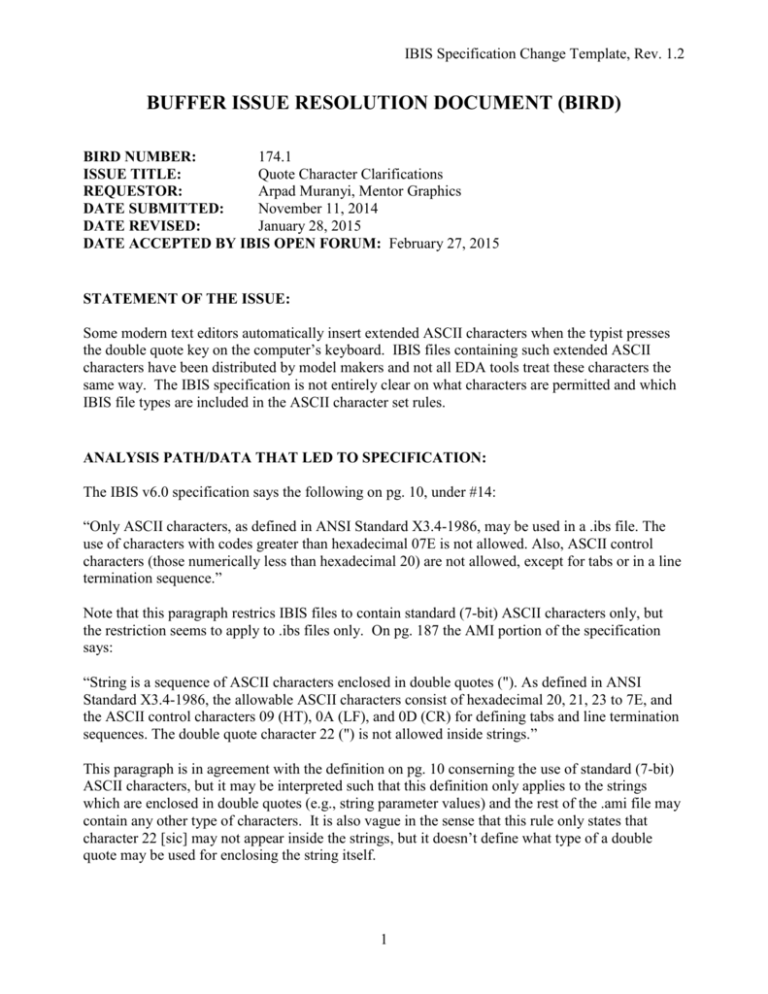
IBIS Specification Change Template, Rev. 1.2 BUFFER ISSUE RESOLUTION DOCUMENT (BIRD) BIRD NUMBER: 174.1 ISSUE TITLE: Quote Character Clarifications REQUESTOR: Arpad Muranyi, Mentor Graphics DATE SUBMITTED: November 11, 2014 DATE REVISED: January 28, 2015 DATE ACCEPTED BY IBIS OPEN FORUM: February 27, 2015 STATEMENT OF THE ISSUE: Some modern text editors automatically insert extended ASCII characters when the typist presses the double quote key on the computer’s keyboard. IBIS files containing such extended ASCII characters have been distributed by model makers and not all EDA tools treat these characters the same way. The IBIS specification is not entirely clear on what characters are permitted and which IBIS file types are included in the ASCII character set rules. ANALYSIS PATH/DATA THAT LED TO SPECIFICATION: The IBIS v6.0 specification says the following on pg. 10, under #14: “Only ASCII characters, as defined in ANSI Standard X3.4-1986, may be used in a .ibs file. The use of characters with codes greater than hexadecimal 07E is not allowed. Also, ASCII control characters (those numerically less than hexadecimal 20) are not allowed, except for tabs or in a line termination sequence.” Note that this paragraph restrics IBIS files to contain standard (7-bit) ASCII characters only, but the restriction seems to apply to .ibs files only. On pg. 187 the AMI portion of the specification says: “String is a sequence of ASCII characters enclosed in double quotes ("). As defined in ANSI Standard X3.4-1986, the allowable ASCII characters consist of hexadecimal 20, 21, 23 to 7E, and the ASCII control characters 09 (HT), 0A (LF), and 0D (CR) for defining tabs and line termination sequences. The double quote character 22 (") is not allowed inside strings.” This paragraph is in agreement with the definition on pg. 10 conserning the use of standard (7-bit) ASCII characters, but it may be interpreted such that this definition only applies to the strings which are enclosed in double quotes (e.g., string parameter values) and the rest of the .ami file may contain any other type of characters. It is also vague in the sense that this rule only states that character 22 [sic] may not appear inside the strings, but it doesn’t define what type of a double quote may be used for enclosing the string itself. 1 IBIS Specification Change Template, Rev. 1.2 ANY OTHER BACKGROUND INFORMATION: This issue was discussed in the August 19, 2014 Advanced Technology Modeling Task Group and the initial concensus was to restrict all IBIS file types (.ibs, .ami, .pkg, .ebd and any IBIS Parameter File) to the standard 7-bit ASCI characters. This definition will also eliminate any ambiguity about the type of permissible double qute characters. Ted Mido noted in the December 5, 2014 IBIS Open Forum Teleconference that use of the backquote ` character is troublesome and suggested that Arpad check for use of this. According to Section 3, item 14 (pg. 10) in the IBIS v6.0 specification, both of the single quote characters (hex 27 and hex 60) are legal in a .ibs file. Also, the official IBIS parser will accept both of these single quote charactrers if they are part of a model name, for example. Based on this information, the single quote characters do not need to be discussed in this BIRD. This BIRD was approved unanimously at the IBIS Open Forum teleconference held February 27, 2015. 2 IBIS Specification Change Template, Rev. 1.2 On pg. 10 please change the following paragraph: Only ASCII characters, as defined in ANSI Standard X3.4-1986, may be used in a .ibs file. The use of characters with codes greater than hexadecimal 07E is not allowed. Also, ASCII control characters (those numerically less than hexadecimal 20) are not allowed, except for tabs or in a line termination sequence. to: Only ASCII characters, as defined in ANSI Standard X3.4-1986, may be used in all IBIS file types. This includes files with file extensions: .ibs, .pkg, .ebd, .ami and all files used as IBIS Parameter Files. The use of characters with codes greater than hexadecimal 07E is not allowed. Also, ASCII control characters (those numerically less than hexadecimal 20) are not allowed, except for tabs or in a line termination sequence. On pg. 187 please change the following paramgraph: String is a sequence of ASCII characters enclosed in double quotes ("). As defined in ANSI Standard X3.4-1986, the allowable ASCII characters consist of hexadecimal 20, 21, 23 to 7E, and the ASCII control characters 09 (HT), 0A (LF), and 0D (CR) for defining tabs and line termination sequences. The double quote character 22 (") is not allowed inside strings. to: String is a sequence of ASCII characters enclosed in double quote (") characters (hexadecimal 22). As defined in ANSI Standard X3.4-1986, the allowable ASCII characters consist of hexadecimal 20, 21, 23 to 7E, and the ASCII control characters 09 (HT), 0A (LF), and 0D (CR) for defining tabs and line termination sequences. The double quote (") character (hexadecimal 22) is not allowed inside strings. 3
